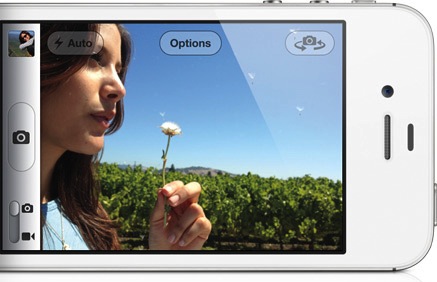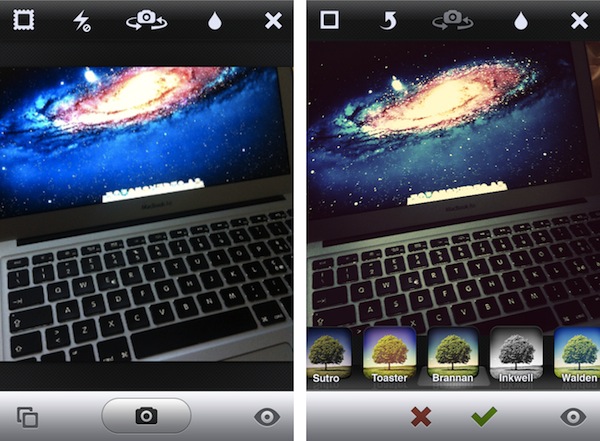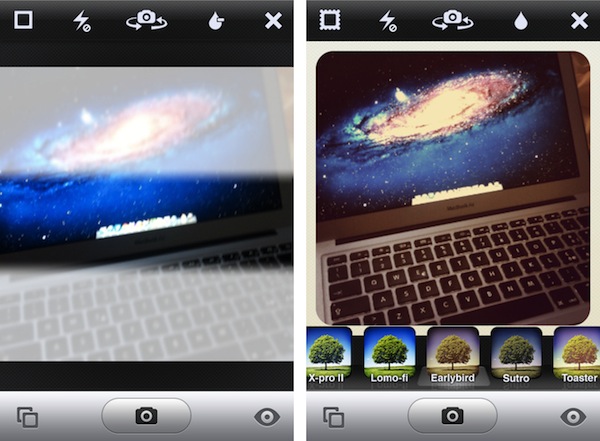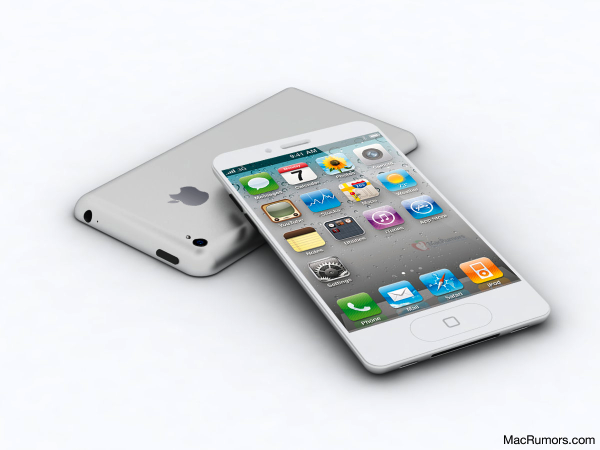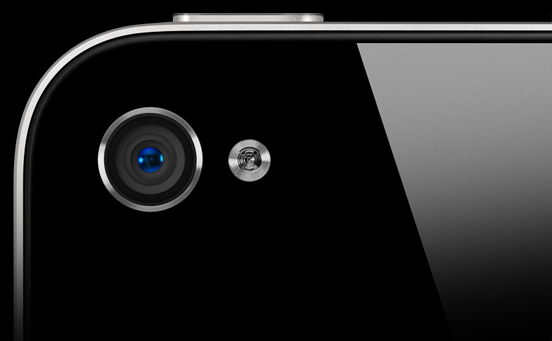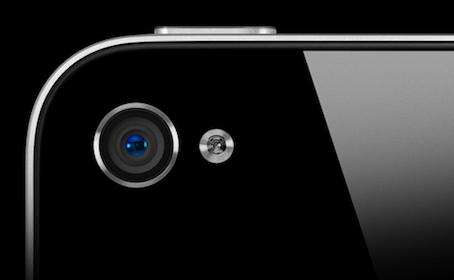As with every Apple event and keynote, there is a lot of information disseminated in a short period of time. Whilst we have already covered most of the information covered in yesterday’s iPhone event (just scroll the MacStories.net homepage to see how much there was), it’s time to have a roundup of what we missed and add some more details on information that we only briefly mentioned previously.
The iPhone 4S Camera
Devin Coldewey of TechCrunch has an excellent recap of the new and improved camera featured in the iPhone 4S. If you want a really in-depth understanding of all the features of it, be sure to jump over and read his article. The key points to take away though, are that it has an 8 megapixel camera (up from 5 MP that the iPhone 4 has) and can record 1080p video (the iPhone 4 could only handle 720p). Those two specifications are clearly the headline grabbers, but arguably more important is the improved sensor from Omnivision in the camera.
Apple claims this sensor features “next-generation backside illumination” which allows 73% more light and more light on the sensor means better quality images. Apple has posted some unedited iPhone 4S photos that show how great pictures can look, and they are certainly a notch above the quality of iPhone 4 photos. When Phil Schiller spoke at the event yesterday, he made note of how the sensor was “1/3rd faster”, and as Coldewey notes, this likely refers to the speed at which images can be processed. With the combination of the powerful A5 processor, new sensor and improved GPU, the iPhone 4S could be up to a second faster than other smartphones at processing an image.
The most important part of a camera is… the photographer — but right after that is the lens. And the lens of the iPhone 4 was already pretty solid for a camera phone: F/2.8 (apparently limited to F/3) at about 30mm equivalent focal length. The new one is f/2.4, about half a stop better, which doesn’t sound like much but at this point of the aperture scale counts for a lot. It’s a pretty big increase in the total amount of light hitting the sensor.
If you’ve ever tried taking a video with the iPhone 4 when in motion, you’ll have noticed how shaky the footage can turn out to be. The iPhone 4S features real-time stabilisation, and whilst not much is known about how it works, Coldewey presumes it will be “electronic stabilisation based on live image analysis” thanks to the A5’s power. We won’t really know how well this works until people try it out for themselves, but Apple has posted a demo of the new feature.


